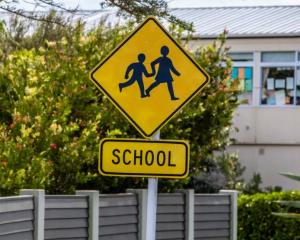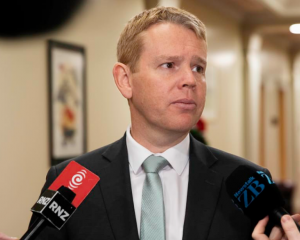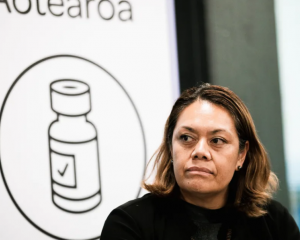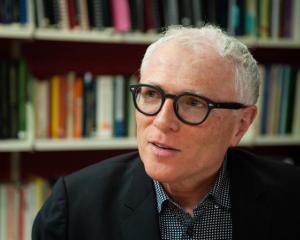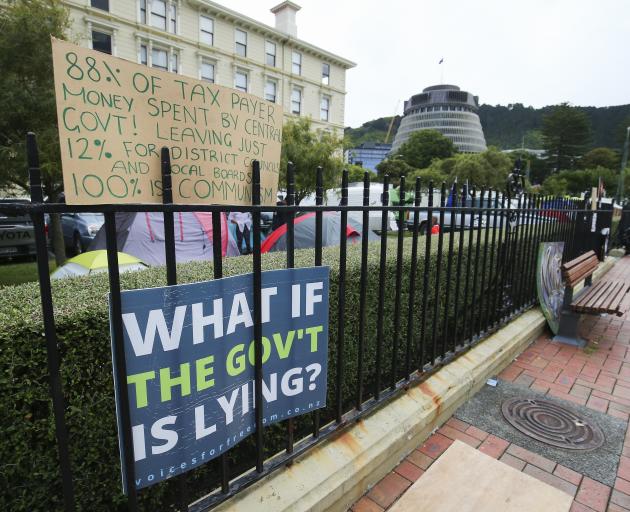

The Covid-19 pandemic has occasioned waves of false information, exacerbated by anxiety, uncertainty and the increased use of social media during lockdowns. Indeed, in March 2020, the World Health Organisation warned that the Covid-19 pandemic had been accompanied by an "infodemic" — "an overabundance of information — some accurate and some not — that makes it hard for people to find trustworthy sources and reliable guidance when they need it".
It’s not just vaccine science that is prone to distortion, manipulation, and outright lies. Disinformation about anything and everything from climate change to the conflict in Ukraine abounds online, on social media, in forums, often seeping into real life. The naievity, gullibility, and, it must be said, maliciousness, involved in producing and sharing such information can have devastating consequences.
In my research for this article, I briefly considered whipping up a series of bright, pretty infographics with bended truths and outright lies about some insignificant topic — such as the colour of runner beans, or the dangers of epilators — just to see how far and how swiftly such falsehoods could proliferate across Instagram and Facebook. But I couldn’t bring myself to do it; I didn’t want to be responsible in any way for lies and confusion, even about something as trifling as legumes or leg hair. Frankly, I don’t need to conduct such an experiment; a simple scroll through Twitter or Facebook is illuminating enough.
What can we do? Many people believe that in order to combat such disinformation, one must merely drown it out by a sheer volume of true and factual information, from trusted and verified sources. This information-deficit model holds that the public is rational, and that conspiracy theories and certain beliefs, such as those of anti-vaxxers, arise from mere ignorance and insufficient scientific knowledge. While it is important to provide factual, engaging, and accessible information on topics such as vaccine safety and climate change, it’s not enough.
Another response — quite understandably — might be to quash any and all instances of disinformation one encounters. But such an approach is like fighting a cybernated Hydra; as soon as one hideous head is lopped off, another two spring up in its place. As soon as one far-right anti-vaxxer or conspiracy theorist is deplatformed, another two insidious sources of disinformation spring up, proliferating across new and varied platforms, all the while claiming their freedom of speech is being denied — that they are being sacrificed on the altar of truth — or some other equally ridiculous statement. I have yet to meet a Hercules capable of vanquishing such a beast.
The only viable and sustainable response is to teach people how to better identify disinformation and manipulation — namely, to teach media literacy — the practice of critically evaluating media, be it television, video games, or social media.
According to the Information Competence Project at California Polytechnic State University, media literacy encompasses the following skills: the ability to assess the credibility of information received as well as the credibility of the information source; sensitivity and awareness of verbal and visual arguments, recognition of metaphor and the use of symbols in entertainment, advertising, and political commentary; the ability to discern between appeals to emotion and logic; and the ability to recognise covert and overt appeals.
Research has shown that simply promoting people to consider the accuracy of whatever they see in their social media feeds greatly improves their ability to reject disinformation while also reducing the intention to share disinformation. What more might be achieved if media literacy was embedded into every subject in the school curriculum — if it was taken seriously at all levels of education? What might be accomplished if more civil servants, journalists, and NGO workers were trained in media literacy skills, and encouraged to recognise their own biases and preconceptions inherent in their reporting and policy-writing? I’d be willing to bet far fewer tin-foiled hats would show up in a muddy field outside the Beehive, for starters.
Media literacy also enables one to counteract other negative effects of social media. A number of studies, for example, have shown a link between heavy social media use and anxiety and depression. The pressure to compare oneself to every bright and beautiful thing online can be overwhelming. The ability to critically evaluate the filtered, curated, and highly manipulated posts made by certain influencers is essential for viewing such content objectively and can drastically reduce body dissatisfaction that arises from the unqualified consumption of media messages. Media literacy also enables one to recognise and counteract media bias — the prejudicial tactics of news distributors when selecting which events, stories and voices are covered, broadcasted and amplified in mainstream media.
It’s not as simple as banning conspiracy theorists, or shielding the gullible from disinformation. Anyone, given the right circumstances, can fall for disinformation. We need to teach ourselves and others how to distinguish science from disinformation, lies and propaganda from peer-reviewed research and verifiable data. It’s an ongoing process, but one worth investing in.
- Jean Balchin, a former English student at the University of Otago, is studying at Oxford University after being awarded a Rhodes Scholarship.


